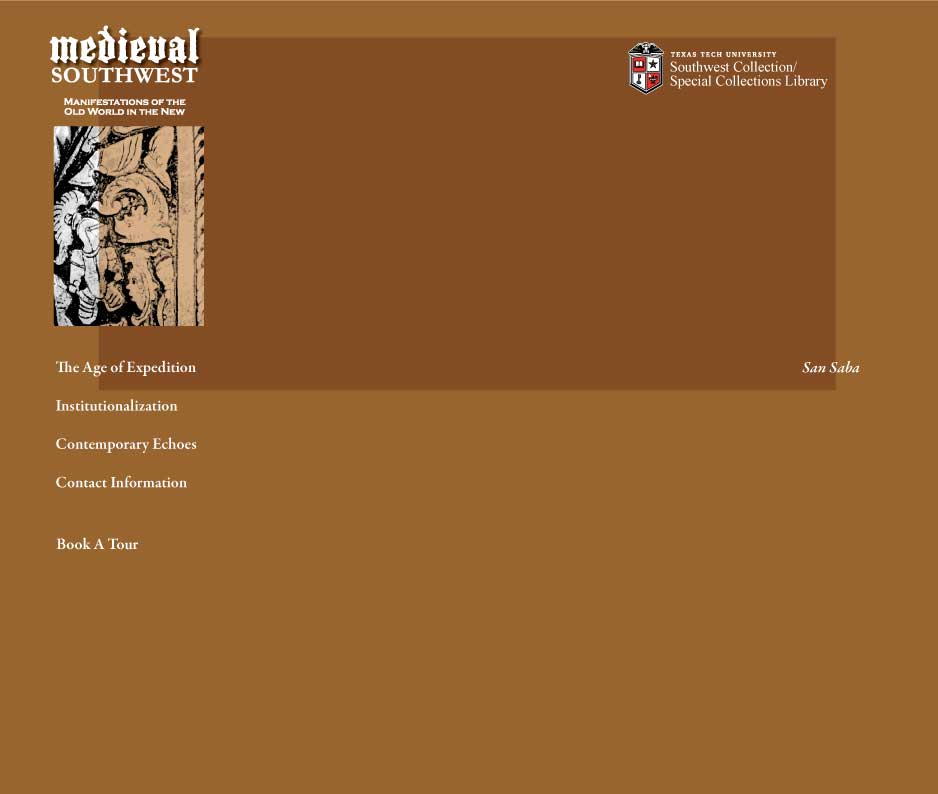San SabÁ: A time capsule on Spanish life in the new world
The Presidio San Sabá, the largest Spanish colonial fort in Texas, was founded in 1757 to guard the northern frontier of New Spain, to provide a base for possible silver mining, and to protect an associated Franciscan mission from the Apache. But, less than a year after the fort was erected, hostile Comanche and their allies attacked and destroyed the mission. The presidio remained occupied for another dozen years, but then its 200 embattled soldiers and their families were withdrawn to the south. Despite some limited success in reducing Indian attacks on San Antonio, the San Sabá project failed to preserve and enlarge New Spain. It did, however, leave behind artifacts that can be dated with unusual precision and bureaucratic documents now buried in the Archive of the Indies in Seville.

[above] Lion shaped piece of metal found at San Sabá.
Texas Tech researchers are now revealing a story of isolation and survival. In the aftermath of the mission’s destruction, the soldiers lived in fear of Indian attack and more than once left the fort, only to be ordered back. Raids on the fort and its supply trains created shortages of goods. Archaeologically this is reflected in the myriad of miscellaneous pottery types and in the extensive recycling of metal artifacts. Clearly domestic items were obtained from multiple sources and items were reused whenever possible.
Architecture also reflects conditions at San Sabá. From the original temporary, wattle-and-daub construction of the mission and the presidio to the stone fortifications constructed after the attack on the mission, San Sabá mirrors the struggles of the Spanish to protect and maintain their hold on the Texas frontier.
Information for this part of the Medieval Southwest exhibit was developed, with permission, from the San Sabá Mission online exhibit on Texas Beyond History at www.texasbeyondhistory.net/sansaba/
Institutionalization -- San Saba -- Mission -- Presidio -- Music -- Globalization
